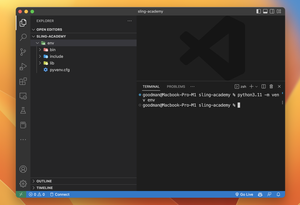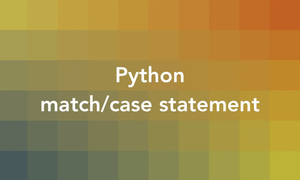This practical article shows you 3 different ways to generate a random floating point number in a given range between a min value and a max value. All of these approaches are quick and simple. Let’s get started.
Table of Contents
Using random.uniform()
The uniform() function from the random module produces a random floating number between the two specified numbers (both included). Below is the syntax:
random_float = random.uniform(min, max)Example:
import random
x = random.uniform(1.05, 11.05)
print(x)Output:
9.117390934888798If you want to get a result with only 2 or 3 decimals, you can use the round() function, like so:
import random
# 2 decimals
print(round(random.uniform(1.05, 11.05), 2))
# 3 decimals
print(round(random.uniform(4.5, 4.9), 3))Output:
1.59
4.691In case you want to get the same result each time the code executes, just set a random seed like this:
import random
random.seed(5)
print(round(random.uniform(1.05, 11.05), 2))
print(round(random.uniform(4.5, 4.9), 3))Using random.random()
The random() function returns a random float between 0 (inclusive) and 1 (exclusive). Instead of getting the result in the range 0 – 1, you can get a result in the range min - max as shown below:
result = (max - min) * random.random() + minExample:
import random
min = 1.05
max = 11.05
x = (max - min) * random.random() + min
# Print out the random float
print(x)
# Print out the random float rounded to 2 decimal places
print(round(x, 2))Output:
4.922380391899899
4.92Using random.triangular()
The syntax:
random_float = random.triangular(min, max, mode)The triangular() function creates a random float between min and max (both included), but you can also specify a third parameter, the mode parameter. This parameter helps you weigh the possible outcome closer to one of the bounds. By default, mode is to the midpoint between the two bounds, which will not weigh the possible outcome in any direction.
Example:
import random
x = random.triangular(0.1, 9.9)
print(x)Output:
3.5215390121917745In this example, the result will be most likely closer to the lower bound:
import random
x = random.triangular(2.1, 9.9, mode=3)
print(x)That’s it, buddy. Happy coding & have a nice day!











